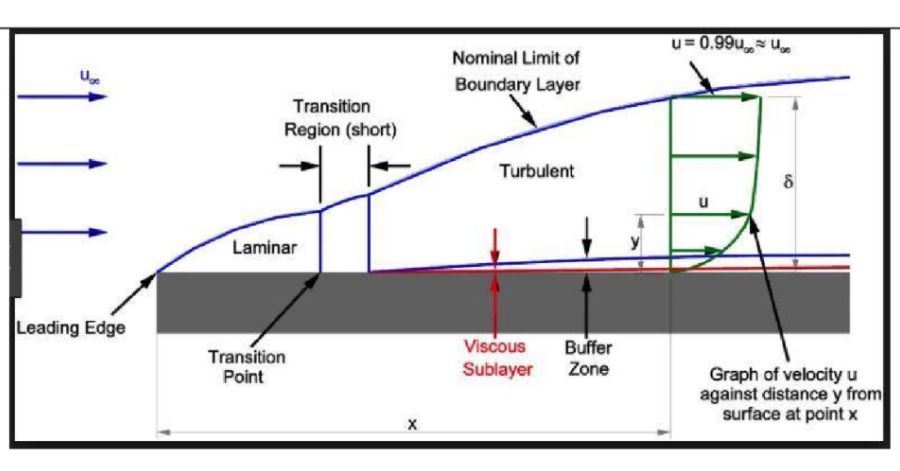Viscous Fluid Diagram. It is covered by a stratified squamous epithelium and has multiple cell layers. The resulting force is proportional to the velocity but acts in the opposite direction slowing the motion and absorbing energy.

The linear velocity law is given by. Fluid drawn into the pump is enclosed within the teeth of its rotating cogs or gears and transferred to the discharge. The densities of both fluids are constant and equal and the fluids are driven by the same constant presuure gradient.
The less viscous erupt and form porous rocks with fine grains while the more viscous ones form solid rocks with distorted grains.
The section contains fluid mechanics questions and answers on shear stress in viscous and turbulent flow piston movement flow of viscous fluid through circular pipes power absorption universal velocity distribution and viscosity coefficient methods. Viscosity is the measure of a fluids resistance to flow. It depends on factors like temperature and amount of dissolved gas. One of the scientific definitions.